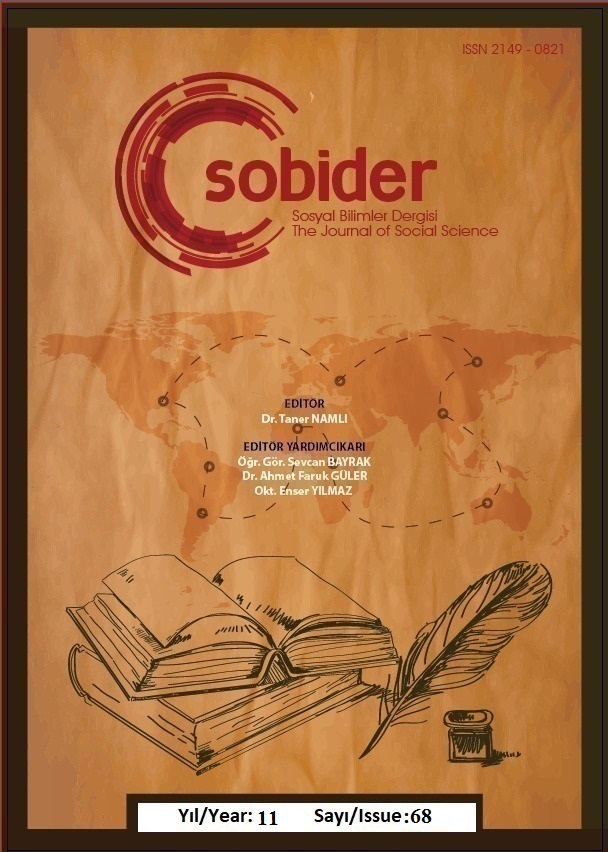Author :
Abstract
Ülkemizde köy okulları hızla kapatılmakta ve atıl durumda bekleyen okul binalarının sayısında artış yaşanmaktadır. Hala açık olan köy okullarında, personel yetersizliği ve müfredat uyuşmazlıkları, yaşam alanından kaynaklanan olumsuzluklar, alt yapı ve kaynak yetersizliği gibi sorunlar yaşanmaktadır. Ayrıca köy okullarındaki akademik başarıda düşüktür. Bu sorunların çözümü için Milli Eğitim Bakanlığı köy yaşam merkezleri projesini hayata geçirmiştir. Bu çalışmada, köy yaşam merkezlerinin işlevselliği, sürdürülebilirliğine odaklanılmıştır. Araştırmanın amacı, köy yaşam merkezlerinin okul, toplumu tarafından nasıl algılandığını ve işlevselliğini ortaya koymaktır. Çalışmada öğretmenler, idareciler ve velilerin görüşleri toplanmıştır. Katılımcılardan elde edilen görüşlerle kodlar, oluşan kodlar arası ilişkiler belirlenerek kategoriler oluşturulmuştur. Bu çalışma nitel araştırma yöntemi kullanılmıştır. Araştırma kapsamında bu merkezlerde çalışan 9 öğretmen,6 yetişkin kursiyer olmak üzere 15 kişi ile görüşülmüştür. Çalışmada araştırmacı tarafından geliştirilen yarı yapılandırılmış görüşme formu uygulanmıştır. Araştırmacı, öğretmen, idareci ve velilerin köy yaşam merkezleri hakkındaki deneyimlerini incelemiştir. Elde edilen bulgular sonucu var olan sorunlar tespit edilmiş ve çözüm önerileri sunulmuştur.
Keywords
Abstract
In our country, village schools are rapidly being closed and the number of idle school buildings is increasing. In the village schools that are still open, there are problems such as insufficient staff and curriculum incompatibilities, problems arising from the living space, lack of infrastructure and resources. In addition, academic achievement in village schools is low. In order to solve these problems, the Ministry of National Education has implemented the village life centers project. This study focuses on the functionality and sustainability of village life centers. The aim of the study is to reveal how the village life centers are perceived by the school and the community and their functionality. The opinions of teachers, administrators and parents were collected in the study. With the opinions obtained from the participants, codes and categories were formed by determining the relationships between the codes. Qualitative research method was used in this study. Within the scope of the research, 15 people, including 9 teachers and 6 adult trainees working in these centers, were interviewed. A semi-structured interview form developed by the researcher was applied in the study. The researcher examined the experiences of teachers, administrators and parents about village life centers. As a result of the findings, existing problems were identified and solution suggestions were presented.





